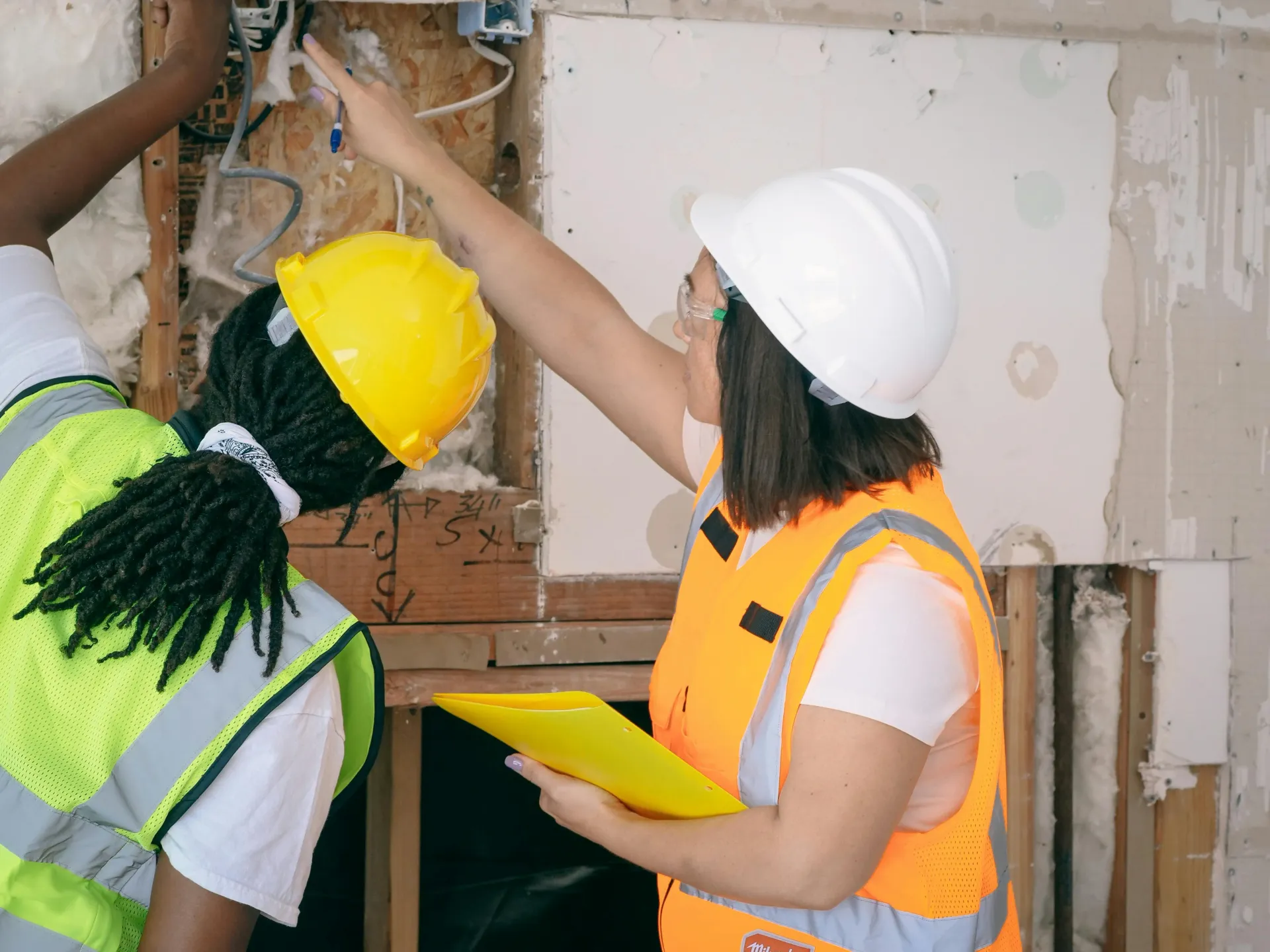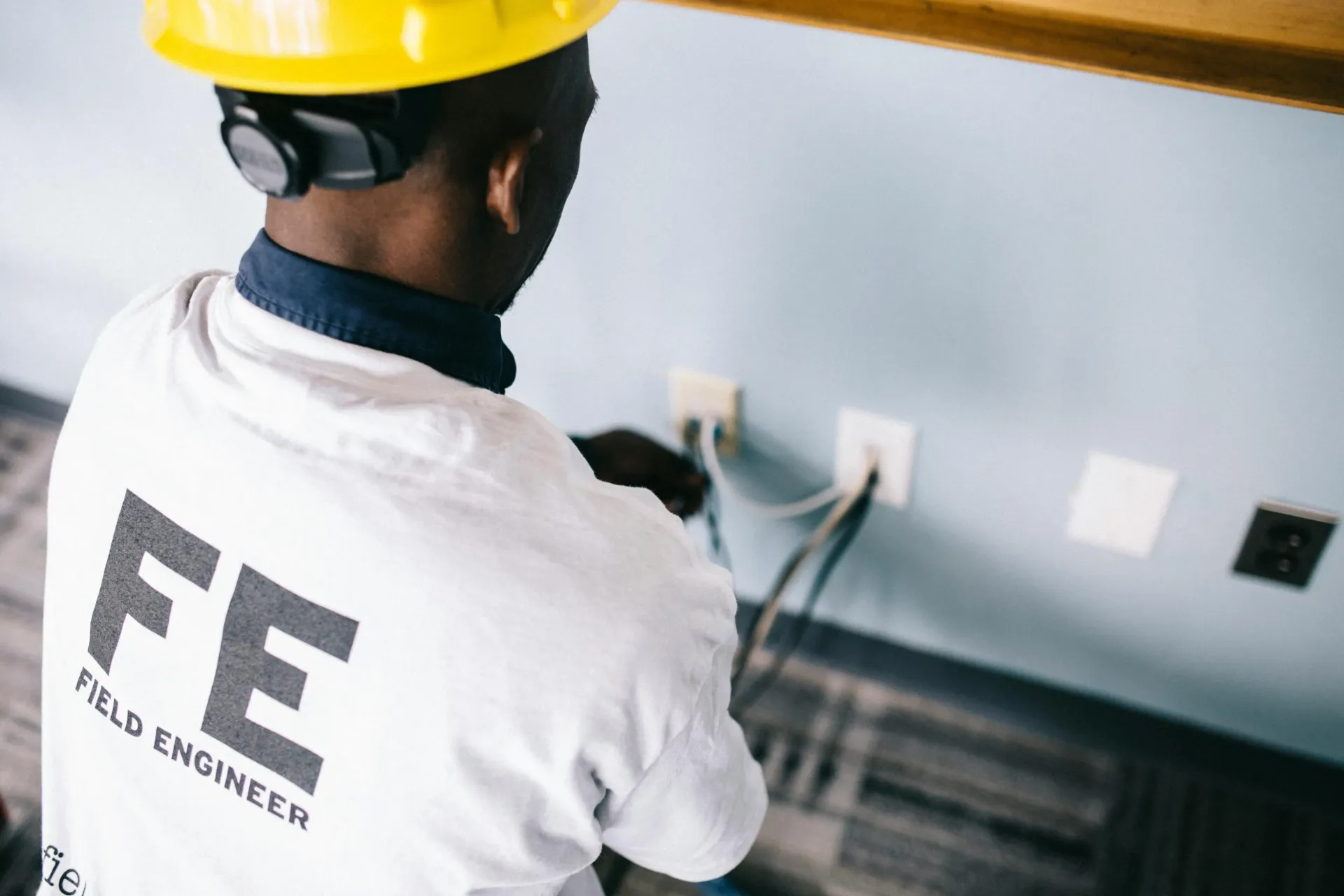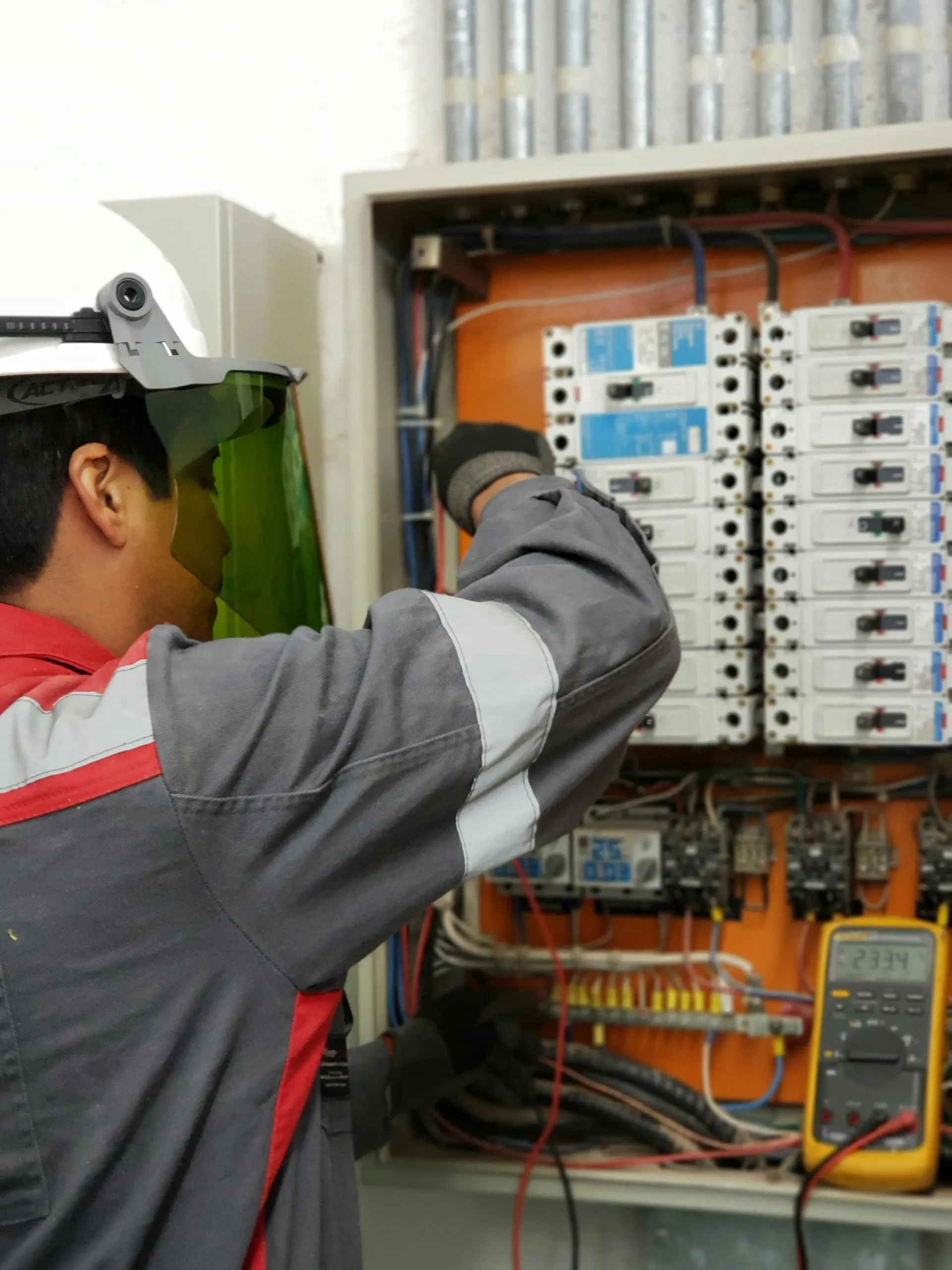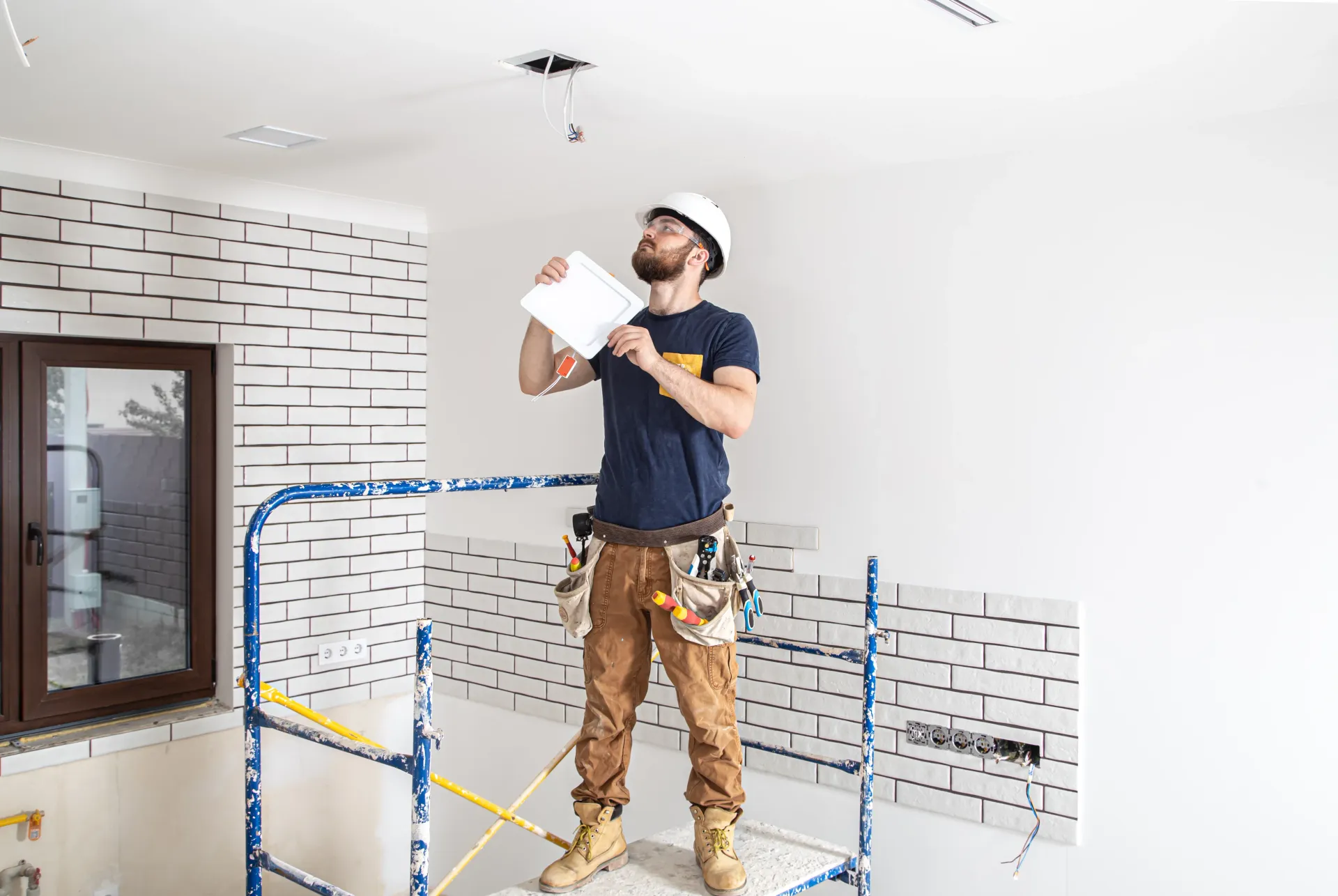The Pros and Cons of Underground Electrical Systems: Is It the Right Choice?
Modern technology continues to revolutionize how we power our homes and businesses. Among these innovations, underground electrical systems have grown in popularity for both residential and commercial applications. These systems promise safety, beauty, and reliability — but are they the right solution for your unique situation? Before committing to this substantial investment, it's essential to weigh both the advantages and disadvantages carefully.
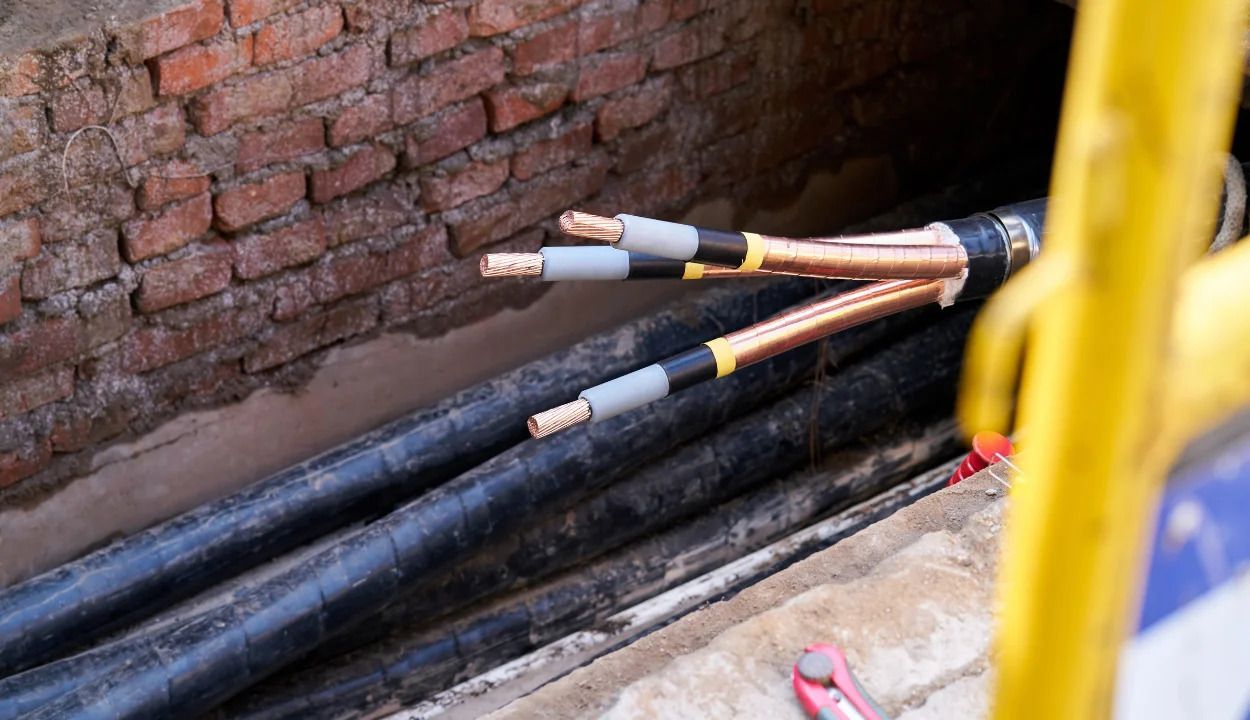
What Are Underground Electrical Systems?
Underground electrical systems involve burying power cables beneath the ground rather than suspending them on overhead poles. Typically encased in protective conduits, these cables deliver electricity from the utility provider directly to homes, businesses, or entire communities. The design shields the wiring from environmental exposure, significantly altering how maintenance, installation, and daily operations are handled.
Why Homeowners and Businesses Consider Underground Power Lines
A growing number of homeowners and businesses are exploring underground systems because they provide several desirable benefits. For many, the motivation stems from improving aesthetics, enhancing safety, and ensuring continuous power even during inclement weather. In urban planning, underground lines eliminate unsightly overhead wires that clutter skylines and pose potential hazards.
The High Cost of Underground Installation
One of the primary disadvantages of underground electrical systems is the cost. Installing these systems typically requires significant excavation, specialized materials, and advanced engineering. On average, underground installations can cost between $1 million and $5 million per mile, depending on location, terrain, and accessibility. In contrast, overhead lines cost a fraction of that amount, making them more appealing for budget-conscious projects.
How Underground Electrical Systems Improve Property Appearance
Imagine your property free from tangled overhead wires or towering poles. Underground systems create a clean, unobstructed visual landscape that enhances curb appeal. For neighborhoods, this uniform aesthetic contributes to higher property values and a more cohesive community appearance. In historic districts or luxury developments, underground wiring often serves as a selling point.
Reducing the Risk of Electrical Fires and Accidents
One of the standout advantages of underground systems lies in improved safety. Without exposed wires, the risks of accidental contact, falling branches, or vehicle collisions with power poles are significantly reduced. This safety benefit is especially appealing in areas prone to wildfires, where overhead lines can become ignition sources.
Better Performance During Severe Weather Conditions
In regions battered by hurricanes, blizzards, or high winds, underground systems shine. Buried lines are insulated from these destructive forces, making outages less frequent and reducing emergency repair costs. According to studies, areas with underground power grids experience 60-80% fewer outages than their overhead counterparts.
Easier or Harder to Maintain? The Reality of Repairs
Maintenance is both a pro and a con. Underground cables are protected from everyday wear and tear but are more challenging to locate and access when issues arise. Repair crews often require specialized equipment to excavate and diagnose problems, resulting in longer downtimes and higher repair costs. However, preventive maintenance schedules and modern diagnostic tools are improving response times significantly.
Lifespan and Long-Term Resilience
High-quality underground electrical cables can last 30 to 50 years, sometimes longer with proper care. Unlike overhead wires that are exposed to wind, ice, and UV rays, buried cables enjoy a stable environment that slows deterioration. This long lifespan often offsets the initial installation expense over time.
Maximizing Usable Land with Underground Systems
Land usage becomes more efficient when electrical lines are buried. Open fields, driveways, and recreational spaces remain unobstructed, offering property owners greater freedom in how they design and use their land. In urban settings, this can also improve traffic safety and pedestrian walkways.
Smart Grids and Underground Power
As smart grid technology gains momentum, underground electrical systems are poised to play a vital role. Their resilience complements advanced energy management software, allowing utilities to balance loads, monitor outages, and optimize power distribution efficiently.
How Cities Benefit from Underground Utilities
Many cities have transitioned to underground systems to reduce maintenance costs and improve resilience against outages. For municipalities, these systems mean fewer disruptions, lower emergency response costs, and greater public satisfaction. Cities like San Diego and Vancouver serve as shining examples of successful underground implementations.
Protecting Trees, Wildlife, and Green Spaces
Unlike overhead wires that require routine tree trimming and pose threats to birds and climbing animals, underground systems coexist peacefully with nature. Property owners can cultivate lush landscaping without worrying about encroaching on power lines.
Lower EMF Exposure Concerns
Some health-conscious homeowners appreciate the reduced electromagnetic fields (EMFs) produced by underground wiring. Although research remains ongoing, many believe that underground systems present lower EMF exposure compared to overhead alternatives.
Increasing Market Appeal and Home Valuation
Realtors often note that homes in neighborhoods with underground utilities tend to sell faster and command higher prices. Buyers appreciate both the safety and aesthetic benefits, making properties more attractive investments.
The Step-by-Step Process of Installing Underground Systems
The installation process includes:
- Planning & Design: Assessing terrain, load requirements, and future expansion needs.
- Permitting: Securing local and state permits.
- Excavation: Digging trenches following approved layouts.
- Conduit Installation: Laying protective pipes that house the cables.
- Cable Laying: Feeding high-voltage wires through conduits.
- Backfilling: Covering and compacting soil to secure the system.
- Testing & Commissioning: Ensuring functionality before activation.
Navigating Legal Requirements and Zoning Laws
Permitting and compliance play critical roles in underground installation. Property owners must navigate zoning laws, easements, and environmental assessments, often requiring consultations with licensed professionals like Electrical Service providers who handle these complexities expertly.
How Underground Systems Handle Natural Disasters
Underground systems offer excellent protection against windstorms, floods, and wildfires. However, they remain vulnerable to earthquakes, soil shifts, and extreme flooding, where water infiltration can damage buried cables.
The Challenges of Diagnosing and Repairing Underground Faults
Diagnosing underground faults requires specialized detection equipment. Techniques like Time-Domain Reflectometry (TDR) help pinpoint issues without extensive excavation. Still, complex repairs may necessitate digging, increasing downtime.
Preparing for Advanced Energy Technologies
Underground systems are more compatible with emerging technologies such as solar microgrids, electric vehicle charging stations, and energy storage units, creating a future-proof foundation for energy-conscious consumers.
Financial Considerations for Homeowners and Businesses
Homeowners should assess:
- Installation costs
- Long-term savings
- Insurance discounts
- Property value increases
- Potential resale advantages
Businesses must weigh:
- Downtime reduction
- Customer service reliability
- Brand reputation benefits
Where Underground Systems Make the Most Sense
- Urban Areas: To avoid congestion and preserve skyline aesthetics.
- Luxury Communities: Where property value and visual appeal matter.
- Storm-Prone Regions: To reduce weather-related outages.
- Environmentally Sensitive Zones: To protect habitats.
Performance Across Different Climates
Underground systems thrive in stable, moderate climates. However, in frost-prone areas, additional insulation and depth adjustments help mitigate freeze-thaw cycles. In desert regions, heat-resistant materials prevent thermal degradation.
Lower Premiums Thanks to Reduced Risk
Many insurance providers offer lower premiums for properties with underground electrical systems. Reduced fire risk, fewer liability hazards, and better safety metrics contribute to these financial perks.
Myths About Underground Electrical Systems
- Myth: Repairs are impossible.
- Reality: Though complex, modern tools enable effective repairs.
- Myth: They're completely immune to outages.
- Reality: While rare, water infiltration and ground movement can still cause issues.
The Role of Service Providers in Underground Systems
Reliable Electrical Service companies are essential partners in planning, executing, and maintaining underground installations. Their expertise ensures code compliance, optimal design, and safe operation.
Innovations Improving Underground Power
Recent breakthroughs include:
- Self-healing cable insulation
- Fiber-optic fault detection
- Smart switchgear for better load balancing
- Modular trenchless drilling technologies
Real-World Examples of Successful Installations
- San Francisco: Undergrounding projects reduced outages by 65%.
- Singapore: Nearly all power distribution is underground for urban efficiency.
- Florida: Utilities have invested billions to convert overhead lines to underground systems after multiple hurricanes.
Questions to Ask Before Installing
- Is my property suitable for trenching?
- What’s my total budget?
- How deep will cables need to be buried?
- How will ongoing maintenance be handled?
- Are there any local incentives for undergrounding?
Why Commercial Properties May Opt for Underground Systems
Businesses enjoy:
- Lower operational disruptions
- Improved client experience
- Enhanced brand image
- Long-term ROI from fewer repairs
Is an Underground Electrical System the Right Choice for You?
In summary, underground electrical systems offer numerous advantages: superior aesthetics, improved safety, higher reliability, and better property value. Yet, they require significant upfront investment, meticulous planning, and occasional complex repairs. Consulting with expert contractors through Electrical Service ensures you make an informed, customized decision tailored to your property’s unique needs.
FAQs About Underground Electrical Systems
What is the average lifespan of underground electrical cables?
Most cables last 30-50 years, often longer with proper maintenance.
Are underground electrical systems immune to all outages?
No system is immune, but underground systems significantly reduce weather-related outages.
Is underground electrical wiring more expensive?
Yes, installation costs are higher but may balance out through long-term savings.
Do underground systems increase property value?
Yes, they enhance aesthetic appeal and safety, boosting property desirability.
Are permits required for underground installation?
Absolutely. Local regulations and permits are crucial before installation begins.
Can underground systems be upgraded easily?
Upgrades are possible but may involve excavation depending on the design.
Links

